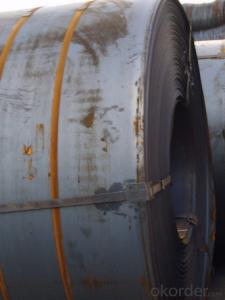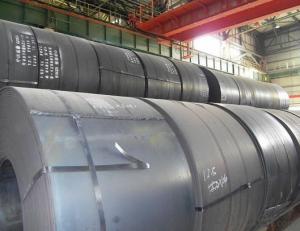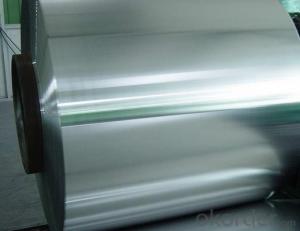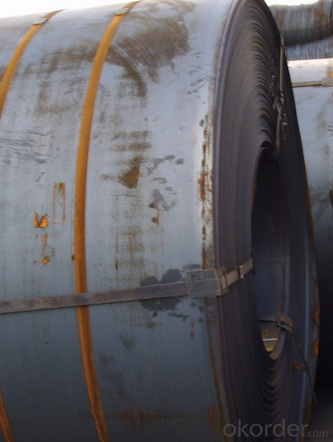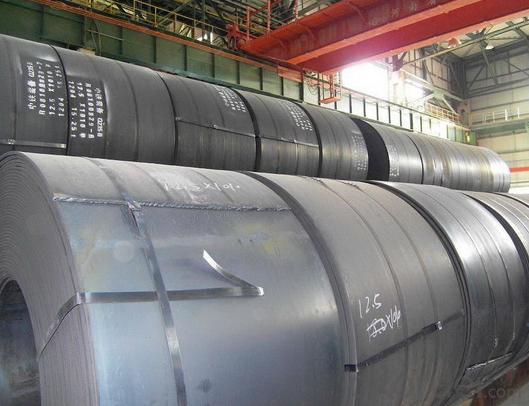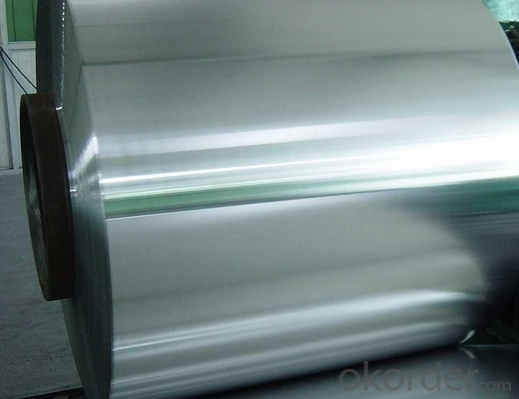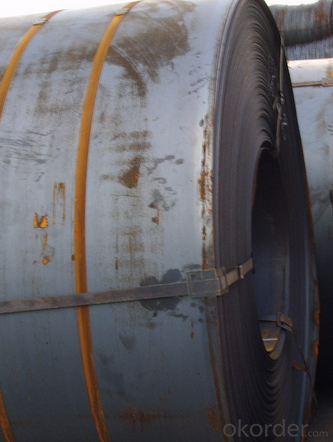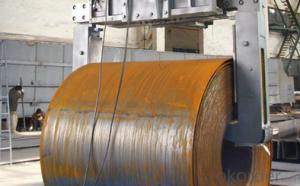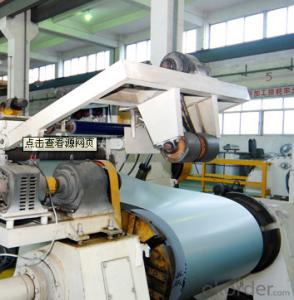Quick Details
Standard:
AISI, ASTM, BS, DIN, GB, JIS
Grade:
SGCC
Thickness:
0.14~1.2mm
Place of Origin:
Brand Name:
hengze
Model Number:
CGCC
Type:
Steel Coil
Technique:
Cold Rolled
Surface Treatment:
Coated
Application:
Boiler Plate
Special Use:
Wear Resistant Steel
Width:
600~1250mm
Length:
as your requirements
Product Name:
Prepainted galvanized steel
Top coating thickness:
20-25um
Back coating thickness:
5-7um
Color:
all RAL colors or customers samples color
Zinc coating:
40-275g/m2
Coil ID:
508mm,610mm
Coil weight:
3-8mt
Paint:
PE, PVDF, SMP, HDP
Packaging:
Standard export seaworthy packing
Payment:
30% deposit, 70% by T/T against B/
Packaging & Delivery
Packaging Details: Oscillated wound: one coil per bundle, inner is the protecting humidity-proof wax paper. Medium is plastic film. Outer is sackcloth or compound paper packing. Coil to be laid on single type pallet (one pile per pallet) Delivery Detail: 25 days but also depends on the quantity and specifications. Specifications
1. Top 2 coat: primer 5uM, top coat 15-20uM.
2. Back 2 coat: primer 2-5uM, back coat 5-20uM.
3. Back 1 coat: back coat 5-10uM.Type: Steel Coil
Technique: Cold Rolled
Surface Treatment: Coated
Application: Forming Use
Width: 750-1534mm
Steel Substrate Chemical Composition

